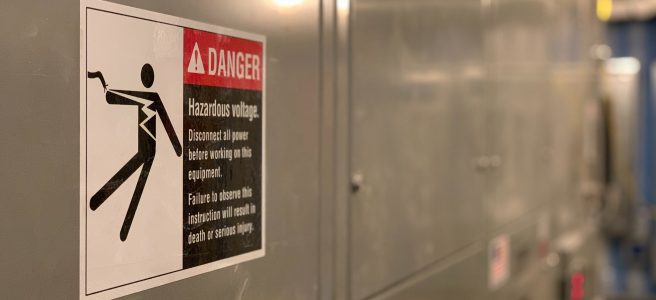Identifying Hazards
Identifying hazards is a critical step in creating and maintaining a safe working environment. Millions of workers experience injuries and job-related illnesses every year, and a responsible approach to hazard identification can greatly reduce these figures.
Biological hazards can include exposure to harmful chemicals, plant materials, bacteria and insects that can cause illness or disease. Agricultural and construction work, laboratories, animal care and handling, healthcare facilities, emergency response, fire-fighting, and a variety of other occupations can have high levels of these types of hazards.
Training Employees
Training employees about health and safety protocols for workplaces helps them identify hazards, mitigate risk, and respond effectively to emergencies. It also increases employee morale, improves job satisfaction and reduces liability risks.
Creating a safety culture that encourages and rewards safe behaviour is critical to workplace safety. For example, managers should enforce and reward behaviours such as wearing protective gear, washing hands properly, keeping first aid kits stocked, replacing dead light bulbs, and communicating safety concerns.
Monitoring Compliance
One of the most important aspects of health and safety protocols for workplaces is monitoring compliance. This involves regularly evaluating whether employees are following the policies and procedures laid out in the manuals.
A successful compliance program includes a variety of moving parts that work together to ensure everything is done right. These include policy reviews, external audits, and internal monitoring.
